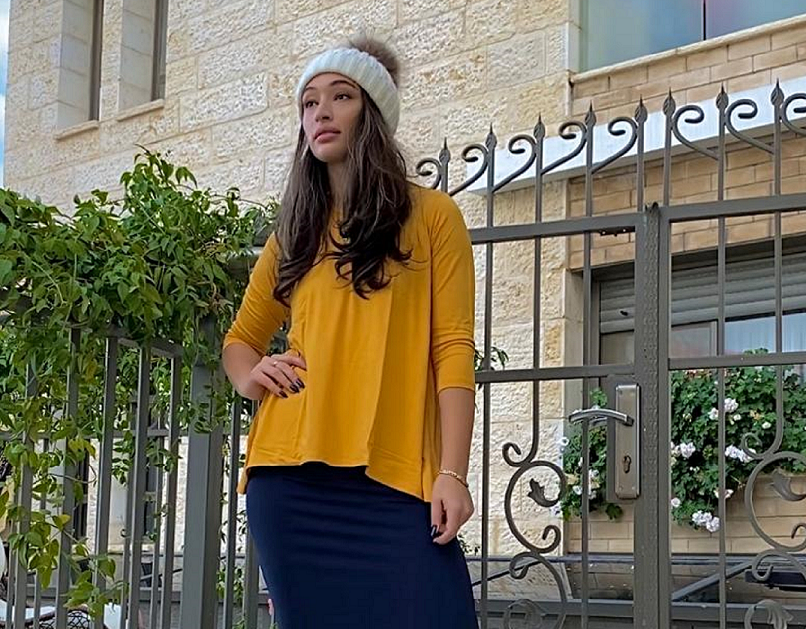
by Kosher Casual Team | Feb 5, 2024 | modest clothing, Pencil Skirts, Tunic Tops
Adding pops of color to modest clothing can be a delightful way to express your personal style while maintaining coverage. Here are some suggestions for infusing vibrant hues into your modest wardrobe:
Bright Accessories:
Use accessories like colorful belts, exotic print scarves, or statement jewelry to introduce shiny metals and vibrant jewel tones to glam up your outfits. Wear a cuff bracelet or a set of stacked bracelets on one wrist. Even small accessories can add a touch of glamour without being overwhelming.
Contrast Colors Outfits:
Create visually interesting outfits by color-blocking with opposing colors on the color wheel. Pair yellow with navy, coral with turquoise, green and reds, etc., pairing them together for a modern and modest look.
Combine Pattern and Textures
If you’re comfortable with it, mix subtle patterns and textures in the same color shades and hues. For example, pair a ribbed baby blue top with a navy plaid skirt, consequently the colors will complement each other.
Layered Color:
Experiment with layering different colored pieces. For example, you can layer a colorful long-sleeved cardigan over a crisp white shirt or neutral blouse. Pair neutral-colored clothing items with one or two vibrant pieces. Generally feel free to experiment with different color combinations to discover what resonates with your personal style.
Print Blouses or Tunics
Buy three quarter tops or tunics in bold print patterns that can be paired with skirts or trousers for a chic and colorful look. Choose trendy animal, tie dye or ethnic prints for a modest and lively look.
Embellished Footwear
Choose flats, heels or boots with embellishments, such as studs, embroidery, or metallic details, to add a dash of style to your footwear. However avoid bright colors as these may overpower the rest of your outfit.
Colored Hats or Headscarves
If you cover your hair, choose bright colors in various shades to add a pop of color to your outfit. Adding color can add an element of fun or in a formal setting an elegant stylish accessory. Coordinating colors with one item in your outfit provides a nice intentional and cohesive appearance.
Remember that personal style is subjective, and these suggestions are just a starting point. Feel free to mix and match these ideas based on your preferences and the occasion. The key is to add elements that make you feel especially confident and express your unique style while maintaining modesty.
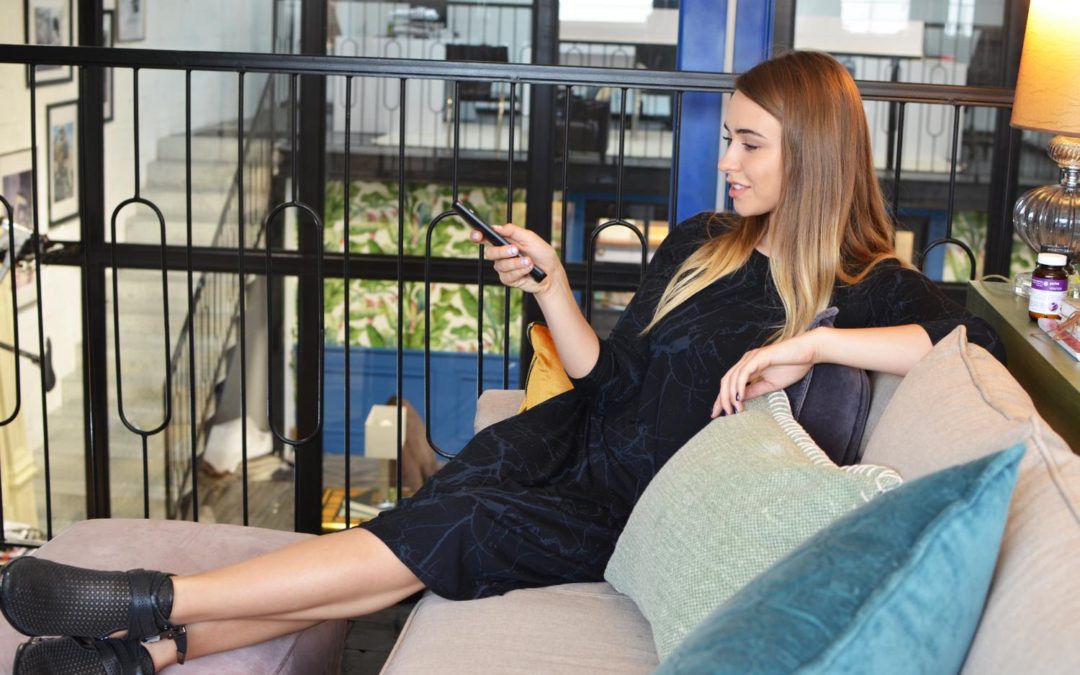
by Kosher Casual Team | Jul 17, 2023 | Fashion Philosophy, Kosher Casual, modest clothing, Modest Clothing Accessories
Absolutely! You can definitely look cute and attractive without appearing immodest. Being stylish and appealing doesn’t require revealing too much skin or compromising your personal values. Here are some tips to help you achieve a cute and sexy look while maintaining modesty. Embrace your personal style. Find clothing that complements your body shape and makes you feel confident without relying on revealing attire. Everyone has different preferences, so choose outfits that reflect your personality and comfort level.
- Opt for flattering cuts: Clothing that fits well and accentuates your best features can be attractive without showing too much. Tailored outfits can be just as alluring as revealing ones, if not more so.
- Pick the right neckline: High necklines, boat necks, or scoop necks can be elegant and attractive while still covering the décolletage.
- Choose the right length: Opt for dresses, skirts, and shorts that are flattering to your body type. The hemline can hit at the knee or longer to strike a balance between style and modesty.
- Pay attention to fabric: Choose fabrics that drape well and have a flattering silhouette without being overly revealing. Flowy fabrics can create an alluring look without showing too much skin.
- Play with accessories: Accessories can enhance your overall look. Statement jewelry, scarves, or hats can add a touch of personality and style to your outfit.
- Experiment with colors: Vibrant colors can make you stand out and exude confidence without resorting to immodest attire.
- Balance form-fitting with loose-fitting: If you prefer form-fitting clothing, consider pairing it with a looser item to create a balanced and sophisticated look.
- Wear appropriate undergarments: Ensure that you wear appropriate undergarments that provide coverage and support to avoid any accidental exposure.
- Emphasize your best features: Showcasing your favorite features tastefully can add an attractive touch to your outfit. For example, if you like your shoulders, wear a one-shoulder top, or if you love your waist, choose a belted dress.
Remember, confidence is key. When you feel comfortable and confident in your clothing choices, it will naturally reflect in your overall appearance, making you look cute (and even sexy) without compromising your modesty.
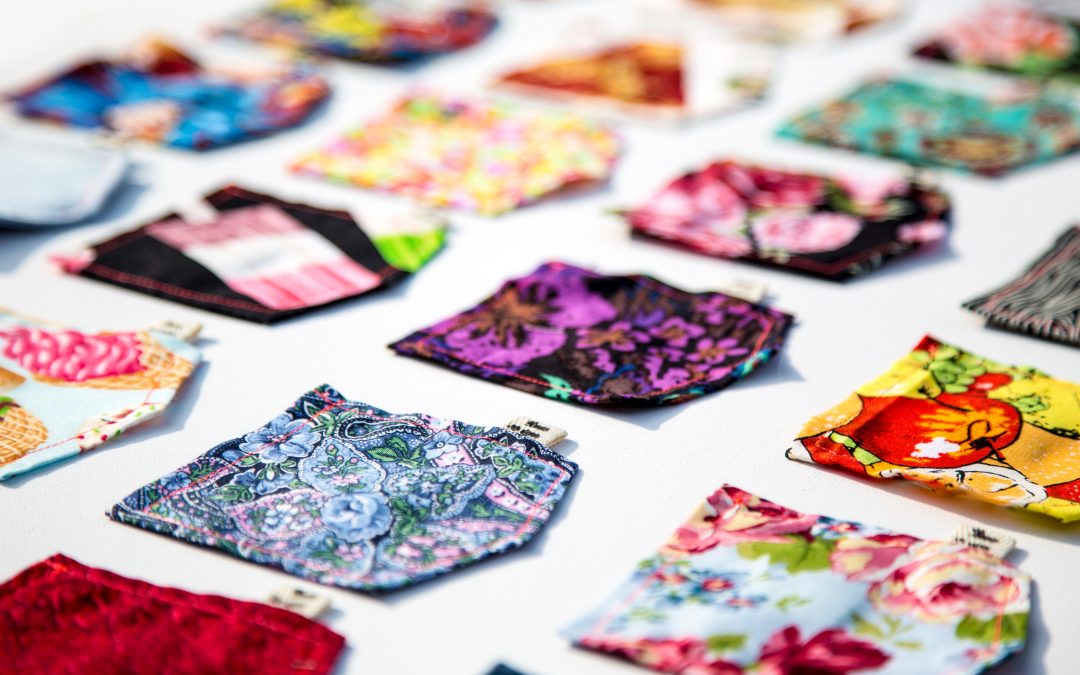
by Kosher Casual Team | May 31, 2018 | Uncategorized
One of the latest fashion trends is one we at Kosher Casual are very familiar with! It’s all about layering.
The latest layering craze takes it to the next level as it emphasizes pairing contrasting patterns and styles to make a real statement. Kosher Casual has also added some great patterned tops, dresses, and skirts to play with in your personal layering experimenting.
Stay tuned to our Instagram to see each new piece as it comes in and in the meantime, enjoy these Instagrammers for inspiration.
@rachelleyadegar @veronicaslook
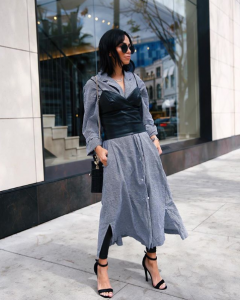
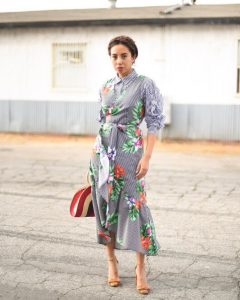
For those more conservative fashionistas, Kosher Casual always has a huge collection of fashion basics in solids with a great selection of layering options as well. Our popular layering dress is an essential piece for the modern and modest dresser. We’d love to see some of your layering outfits, so please share with us below!

by Kosher Casual Team | May 16, 2018 | Uncategorized
The internet is raging with the new “Yanny vs. Laurel” debate (original tweet), and we couldn’t help but see a very clear and important life lesson in it. How can some people clearly hear Laurel and others hear Yanny?
This audio debate is even more perplexing than the blue vs. gold dress arguments that flooded the internet several years ago. The explanations for this audio based discussion can and have been attributed to bass or pitch levels as seen here by ten different experts. While their arguments makes sense in theory, the distinction in the devices’ output becomes irrelevant when several participants are listening to the audio clip on the same device.
As a clothing brand in the modest fashion industry, we often get questions (and criticism) from customers about how long our hemlines are or whether our neckline options are more or less modest. Our response is that Kosher Casual is an advocate of modest clothing in all of its definitions without judgment and tries to offer options for the range of needs. What we have learned from our customers and from listening to our community is that modesty doesn’t come in a single definition. There are many standards about what modesty is and how to dress modestly. Even our Jewish, Christian, Muslim, and secular customers have a wide range of criteria within the same groups.
As in the audio clip, people hear, see, and experience things from their own perspective. Their past experiences and their unique physiological makeup affect how they interpret situations and sounds! While you may hear one thing, it is very possible for your friend or spouse to hear something completely different. The same difference in perception goes for the idea of modesty as well.
Modesty perspective is an individual choice that is developed on individual experience and culture. Members of the same sects of faith may feel that the way one behaves is more important than the way one dresses. Others disagree. Both opinions are valid, just like the Laurel and Yanny debate. When we see and accept that the world is made up of all different types of people with different experiences and ideals, then we can really start to understand how and why our difference are not only valid but important. So next time we are quick to call someone else’s idea of modest, immodest, or someone’s choice to cover up more, a zealot, remember that their choice is their most truthful idea of modesty. Let us embrace their intent.
Whatever drives you to dress modest, we applaud your effort in making getting dressed every morning, meaningful.
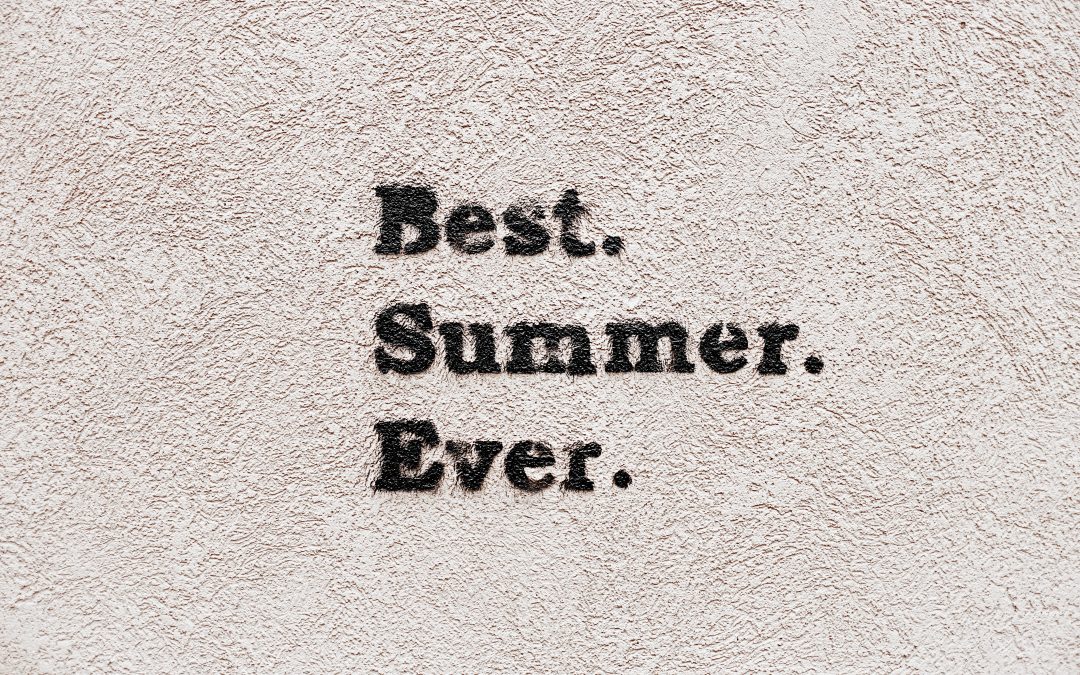
by Kosher Casual Team | Apr 30, 2018 | Uncategorized
Here in Israel spring is short and summer is hot! Kosher Casual is located in Beit Shemesh, where it is really hot…no, really, really, really hot. Therefore, we start to feel the summer modest challenge early and we seek to provide solutions that will last the entire summer.
While some commercial fashion was showing more modest necklines and hemlines, in the summer those influences start to fade. Most stores won’t carry options for modest dressers. The pressure to find the right clothing is on.
In addition to Kosher Casual offering you real modest choices, we’re here to also offer you encouragement and hope for getting through the summer without sacrificing your values or fashion sensibilities!
1. Plan – Start looking for modest clothing options now so that you have a few tops or dresses to choose from. Once the summer rolls in, the stores will have less and less long sleeved shirts and full length dresses. Treat yourself to a dress you love in more than one color.
2. Invest – Find a water bottle that keeps your water colder and for longer periods. Pay a little more for this feature if you know it will help keep you cool.
3. Support – Grab a friend and kvetch a little! There’s no shame in acknowledging the struggle. Choose a friend that you know understands how uncomfortable the hot weather makes you and be a support to each other.
4. Get Involved – Places like Instagram have loads of people sharing how they stay modest by taking pictures of their cute, modest and summer friendly outfits. You can get involved in the online modest fashion community and see that you aren’t alone in sticking to what you believe!
Hopefully, these tips will help get you through the summer! We encourage you to seek out ways to be adorable while staying modesty. And because you’re not alone, share in the comments below how you manage to stay
modest and cool!









